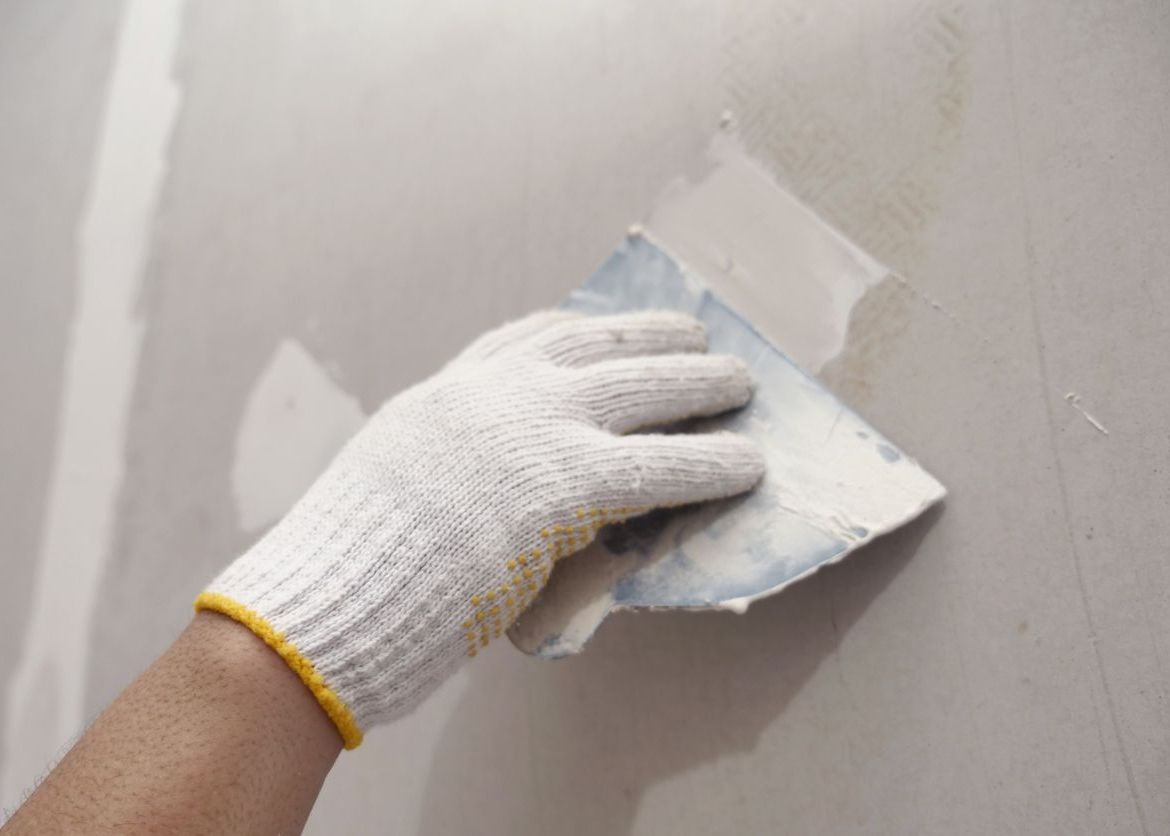Owning your first home is a great feeling, but suddenly having all the maintenance responsibilities in your hands can be intimidating, especially if you benefited from low-to-no maintenance as a renter. Instead of finding yourself stressed at the first problem, be sure you go into homeownership with some helpful basic knowledge.
Fix a Dripping Faucet
No one likes a leaky faucet. They make a steady and obnoxious sound, and those drips or leaks can add up to a hefty water bill if you’re not careful. Thankfully, this is generally a project that a DIY novice can handle. A worn washer or gasket or a loose O-ring are common causes of this issue. Fixing a dripping faucet is relatively simple. To fix it, purchase a replacement washer or O-ring (you can also look for a faucet repair kit for your brand), shut off the water to the kitchen and begin your repair. Home Depot offers a detailed map of faucet repair steps depending on your specific issue.
Unclog a Drain
Unless there is a mischievous child in the home who may be creating an issue that a plumber needs to handle, a slow or clogged drain is generally caused by an easy-to-tackle culprit. Usually, a clogged drain is due to hair, grease, soap scum or small debris. A drain issue may be tackled with a baking soda and vinegar solution or a chemical drain cleaner for more stubborn issues. If this doesn’t clear the drain effectively, you may need a drain snake.
This is especially helpful in bathrooms where hair may accumulate in the drain after showering. Simply insert a drain snake into the drain and twist while pushing the drain snake down. Note that you should always let chemical drain cleaners run down the drain before using a drain snake or auger.
Patch Drywall
Small holes can be filled with a lightweight spackle and smoothed out with a putty knife. Simply make sure the spackle completely fills the hole and is level with the rest of the wall. You can sand and repaint the area, if needed, once it is dry. For large drywall holes, cut out the damaged area and install a piece of lumber as support behind the drywall. Then, you can measure a new piece of drywall, tape the gaps with fiberglass drywall tape and use drywall joint compound with the same process you would spackle for small cracks or holes.







